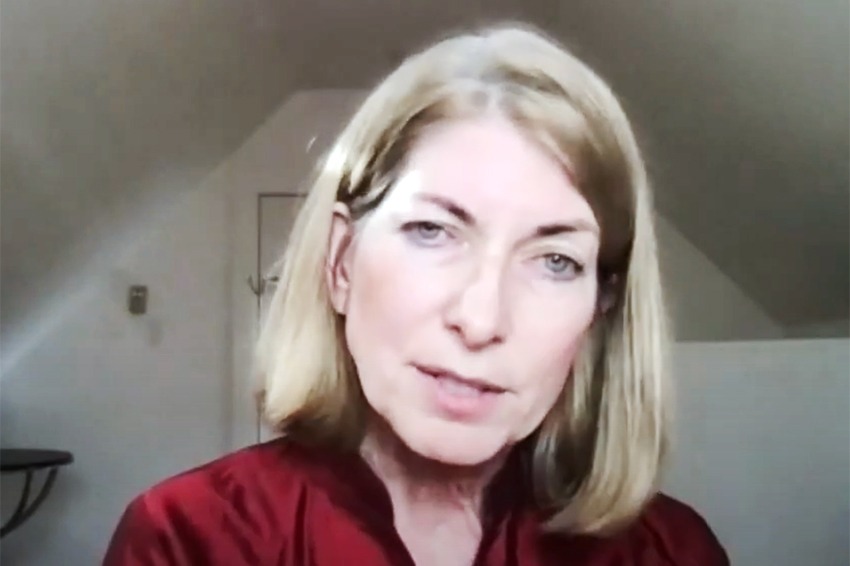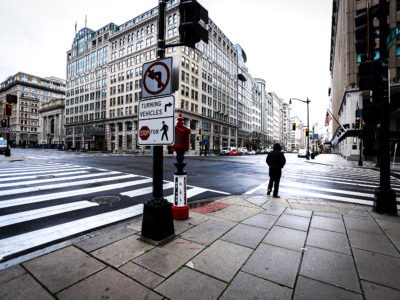On Feb. 24, Rosanne Haggerty joined a panel hosted by The Forum at the Harvard T.H. Chan School of Public Health to discuss homelessness solutions during COVID-19.
Haggerty, who founded Community Solutions in 2011, spoke of the urgent need to address homelessness.
“This is not an unwinnable fight,” Haggerty said, citing that although 568,000 are estimated to experience homelessness each night, this figure is less than 1% of the U.S. population.
Built for Zero: a public health approach to homelessness
Community Solutions’ Built for Zero movement is made up of more than 80 communities around the country all working to end homelessness at the population level, using a public health approach.
“It’s not about individuals’ failures: it’s about system failures,” Haggerty said.
So far, 14 communities have reached functional zero, a measurable end to homelessness for one or more populations, and nearly 130,000 people have been housed by communities in the movement.
Built for Zero trains cities and counties how to bring together all the key players within their communities and get them to work together toward reducing homelessness, with accountability, Haggerty explained.
“The only thing that really counts, at the end of the day is: ‘are we reducing homelessness in a sustainable way?’” Haggerty said. “That has to transcend: ‘do we have good programs?’”
COVID-19 and homelessness
The pandemic only raised the urgency with which homelessness must be treated, as people experiencing homelessness are among those with the highest risk for infection, complication, and death from COVID-19.
The underlying infrastructure of Built for Zero enabled communities within the movement to better respond to challenges of the pandemic. In 2020, 31 Built for Zero communities reduced homelessness for one or more populations. Many innovated to keep making progress during the pandemic:
- Cook County, Ill., located outside of Chicago, increased their housing placements during the pandemic and cut the number of veterans experiencing homelessness in half in the last six months of 2020.
- In Minneapolis, the team used a program developed in response to the pandemic to reduce chronic homelessness, connecting more than 160 people from quarantine and isolation in hotels to permanent housing since June.
- In Santa Fe, the city purchased a long-term occupancy hotel using CARES Act funding to create 120 units intended for people exiting homelessness or experiencing housing insecurity.
“We have seen steady progress in the communities in our network being very well positioned to use new federal resources,” Haggerty said. “Because they are organized, because they know their data, because they see where new investment can actually drive reductions.”
Race and homelessness
As fellow panelist Amanda Andere explained, the pandemic has only deepened racial inequalities.
“This is not about pre-existing conditions. It’s about pre-existing inequities,” said Andere, the CEO of Funders Together to End Homelessness.
Haggerty highlighted the important role data has to play in addressing racial inequity within homeless systems. Built for Zero recently developed a framework to help communities ensure their systems are racially equitable.
“As long as this problem is not understood at the personal and at the community level, it’s too easy to escape accountability for the racial disparities in our system,” Haggerty said. “It’s too hidden and we’re unable to take action on them to make them more equitable.”




